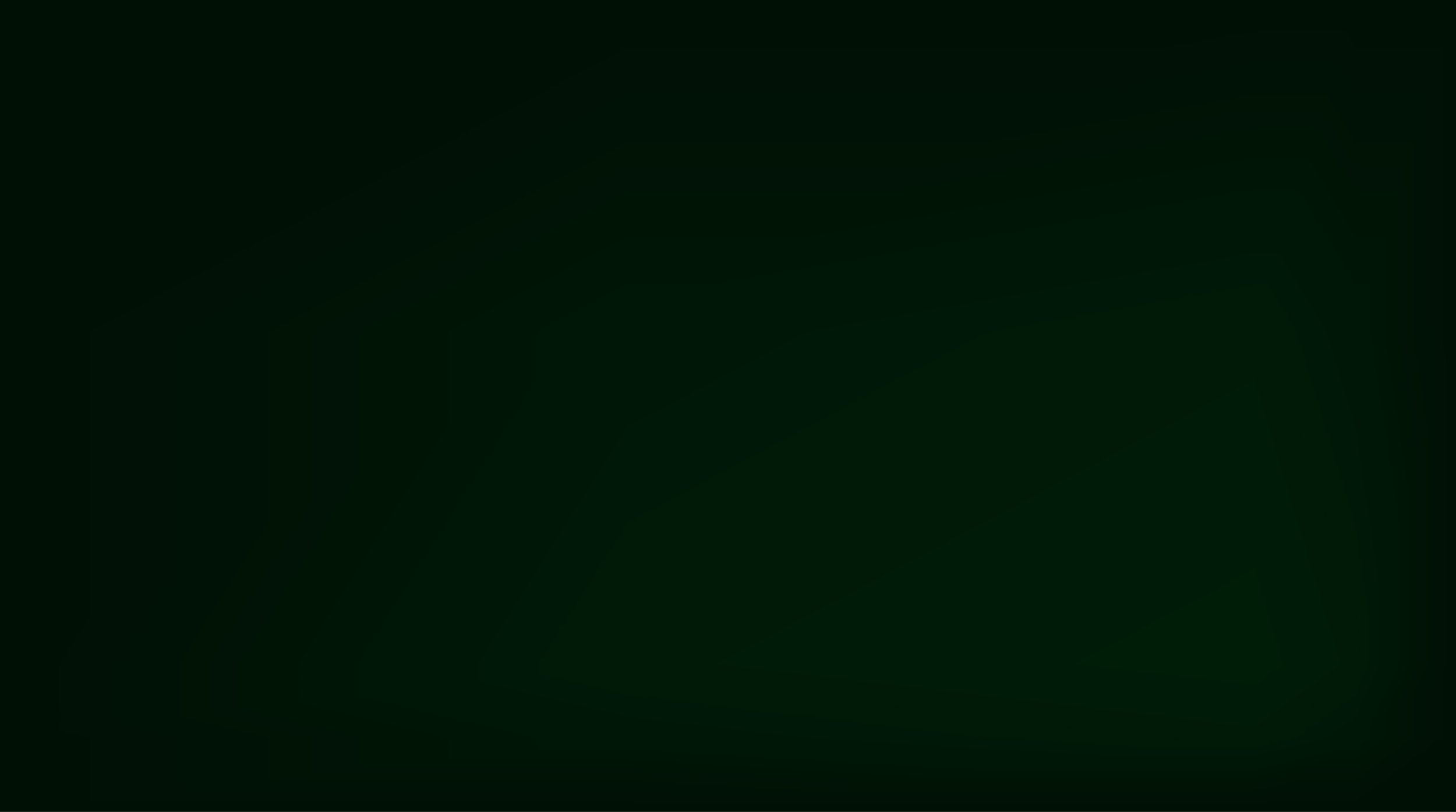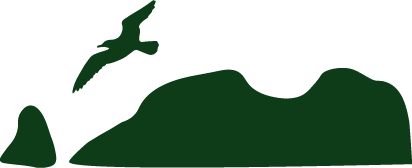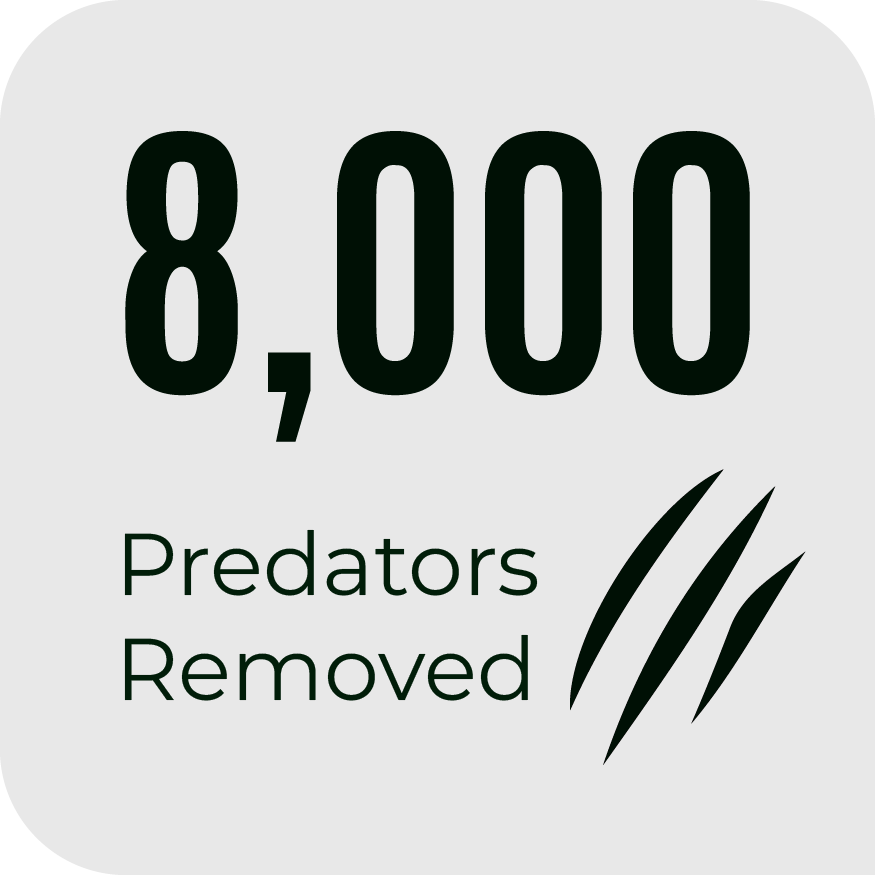

The Beginning
Prior to human arrival to Aotearoa New Zealand, the area known as Cape Kidnappers/Te Kauwae-a-Maui was dominated by New Zealand native forest –with canopy podocarps and a diverse understory. The forests, large coastal dune systems and cliff habitat would have supported a diverse range of native fauna including moa, tuatara, kiwi, forest birds, bats, lizards, native invertebrates, and enormous seabird diversity.
For hundreds of years, from human arrival until the opening of the sanctuary in 2006, Cape Kidnapper's transgressed into farmland, devoid of native animals and run rampant with pests. With only isolated patches of forest remaining, restoration started from scratch.
‘Cape Sanctuary’ was the brainchild of local landowners Andy and Liz Lowe, who in 2004 noticed that the bush on the peninsula was silent, the land eroding, and pest species rife. Over the next two years, with the help of renowned experts, they pulled together the vision for a privately owned and funded mainland island conservation project within a mixed-land use setting. Andy approached owner of the Cape Kidnappers farm and lodge, the late Julian Robertson who embraced the Lowe’s vision and agreed to co-fund the project.
Work began immediately on landscape-scale predator and pest control, habitat restoration and ongoing endangered species re-introduction projects.
Today the sanctuary is world leader in conservation innovation — where recreation, production and restoration occur in symbiosis.

In a mere fifteen years Cape Sanctuary has transformed the peninsula into a biodiversity hub that has influenced birdlife across the region. Extensive reforestation and restoration efforts, along with our zero tolerance of predators has resulted in the successful translocation of 19 endemic species and the self-reintroduction of many more.
In 2007, the Cape Sanctuary crew excitedly reported sight of the first Tui at Ocean Beach, and now Tui feast upon flax flowers in the hundreds! Nearly one million trees have been planted across Ocean Beach and recently established native corridors will support the movement of our birds into the wider area in years to come. Approximately 600 kiwi roam the sanctuary, and, with an annual increase in ~80 chicks per year Cape Sanctuary now supports other projects, like the Ruahine range through kiwi Kohanga (transfer). What’s next? Cape Sanctuary’s next major goal is the translocation and establishment of ten sea bird species in a new pest-free enclosure above Ocean Beach.

our vision
To achieve conservation at scale, it has to be sustainable.
Our vision is to create an environment where production and conservation exist co-operatively and cohesively. We appreciate the need for industry and work alongside productive land, not against it. By working with a range of environments, planting native forests and undertaking intensive predator control we’ve expanded what constitutes good habitat. Within this modified landscape, a purist model of conservation was never an option - but we’ve certainly made the most of our environments, and have learnt a few things along the way!
Achievement through co-operation of landowners, community and iwi.
Mixed Land Model, Approximately 70% of the sanctuary is productive land, including ~400ha of pine forest which is preferred habitat for insectivorous species, including kiwi. Cape Sanctuary is paving the way for harvest practice in high density kiwi habitat.
Volunteers, Over 200 volunteers are actively engaged at the sanctuary. From checking trap boxes, feeding kaka, planting trees to mapping micro snails - volunteers are the foundation of our operation.
Mana Whenua, Guidance is sought from Mana Whenua, our ahi ka Ngāti Mihiroa and all hapu of waipuka. We acknowledge conservation pertains to the people of the land as it does to the land itself.
Engaging Experts, Cape Sanctuary continually engages with experts to guide our operation and for the upskill, personal and professional development of staff and volunteers.
Advocacy, Showcasing our work through public tours illustrates our achievements in transforming our landscape to our wider community. Cape Sanctuary also offers exclusive experiences to Robertson Lodges guests.
Partnerships, Cape Sanctuary works alongside various parties, including Ocean Beach Farms; Ocean Beach Land Holdings, Robertson’s Lodge, Cape Kidnapper’s Golf Course, Cape Kidnapper’s Farm and Gannet Safaris.

Maori History
Te Kauwae-a-Māui, the Cape Kidnappers peninsula has a rich cultural history spanning decades of Māori occupation. Etched into the hillsides are terraces, food-pits and Pā sites where ancestors walked, ate and lived. Many sites within the sanctuary are considered wahi tapu, sacred to Maori and command respect by those who share the environment. Oral history preserves stories of the past, and offers guidance for future generations.
Māori named the peninsula ‘Te Kauwae-a-Māui’, the jawbone of Māui. It’s name embodies the legend of Māui, who fished up the North Island of New Zealand (Te Ika-a-Māui), using his grandmother's jawbone as his hook.
The curve of the cape represents the hook, while another name for the wider Hawke’s Bay region area is Te Matau-a-Māui (the fish hook of Māui).












